Description
Wheat straw is the stalk or stem left over after wheat grains are harvested from wheat plants (genus Triticum). It is a common agricultural byproduct and has various applications in different industries. Here are some key aspects of wheat straw:
1. Agricultural Residue:
– Wheat straw is the residue remaining after wheat is harvested. It consists of the stems and leaves of the wheat plant.
2. Uses in Agriculture:
– Animal Bedding: Wheat straw is commonly used as bedding material for livestock, including horses, cows, and poultry.
– Mulching: Farmers use wheat straw as mulch in agricultural fields. Mulching helps retain soil moisture, suppress weed growth, and regulate soil temperature.
3. Renewable Resource:
– Wheat straw is considered a renewable resource since it is an agricultural byproduct and is available annually after each wheat harvest.
4. Fiber Content:
– Wheat straw is rich in fiber, including cellulose and hemicellulose. The fiber content contributes to its strength and makes it suitable for various applications.
5. Bioenergy:
– Wheat straw can be used as a source of biomass for bioenergy production. It can be converted into biofuels, such as bioethanol, through various processing methods.
6. Construction Material:
– Wheat straw has been used historically as a construction material in the form of straw bales. Straw bale construction involves using compressed straw bales as a building material for walls.
7. Soil Erosion Control:
– Wheat straw can be applied to slopes and areas prone to erosion to control soil erosion. The straw acts as a protective cover, preventing soil from being washed away by water or blown away by the wind.
8. Composting:
– Wheat straw can be used as a carbon-rich component in composting. When combined with nitrogen-rich materials, such as green plant waste, it helps create a balanced compost pile.
9. Animal Feed:
– While wheat straw is not as nutritionally rich as other forages, it can be used as a roughage source in diet of certain livestock, particularly ruminants. However, its nutritional value is generally lower than other forages like alfalfa or clover hay.
It’s important to note that the specific uses of wheat straw can vary depending on regional practices, agricultural methods, and the availability of alternative resources. Additionally, the nutritional content of wheat straw is not as high as other forages, and it is often used more for its structural and bedding properties than as a primary feed source for animals.


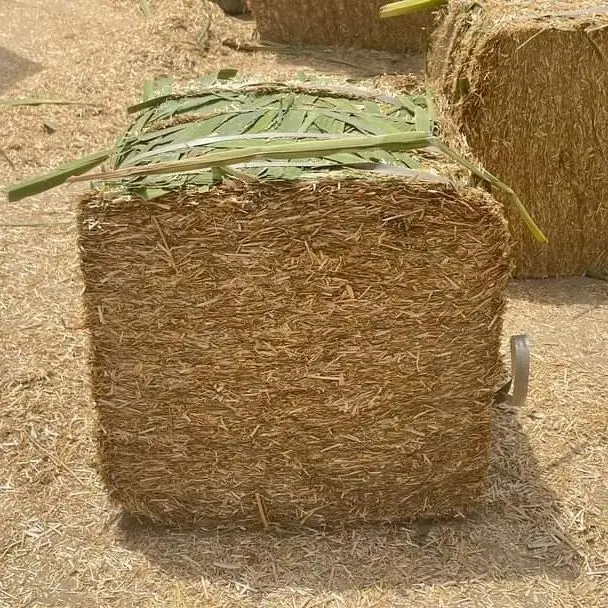
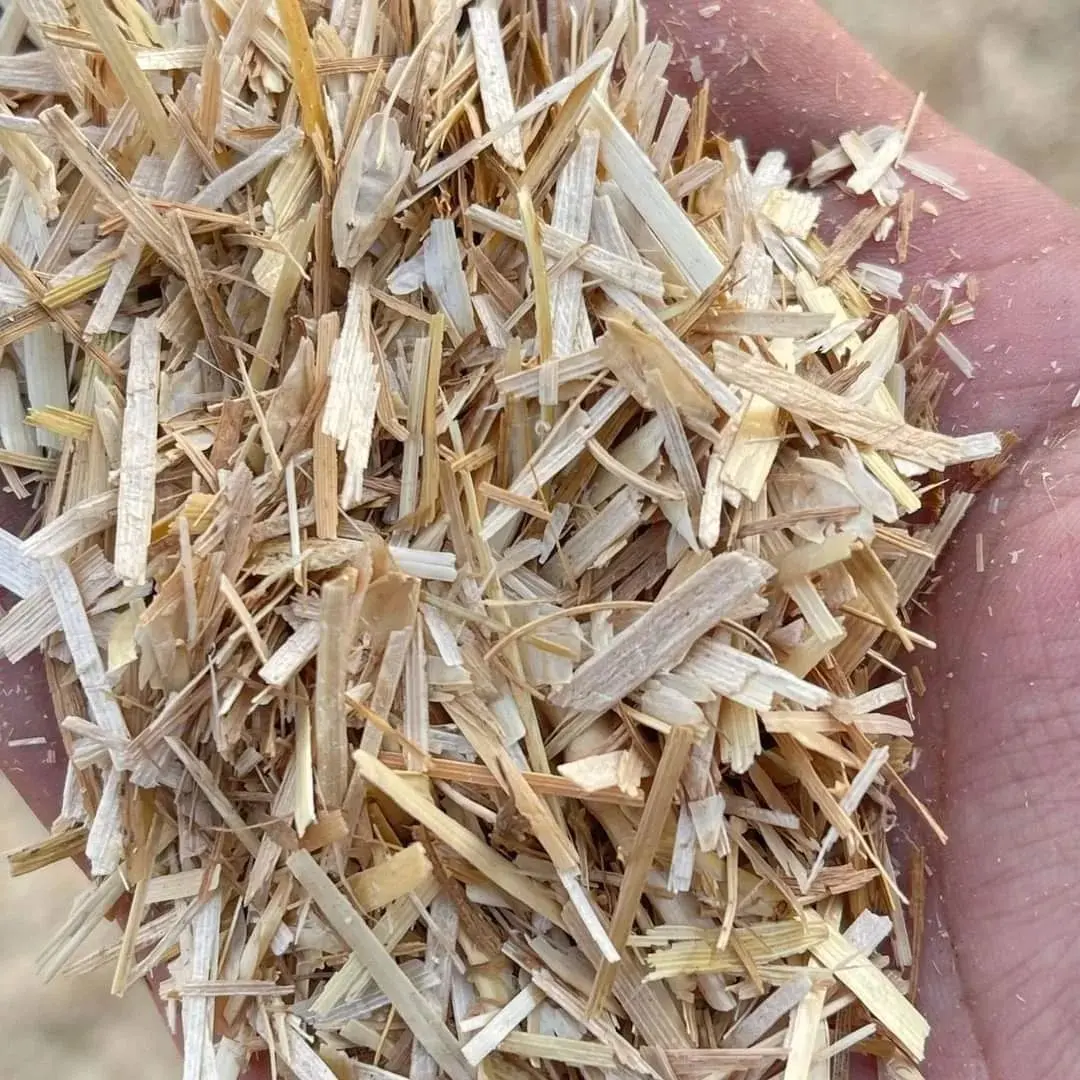
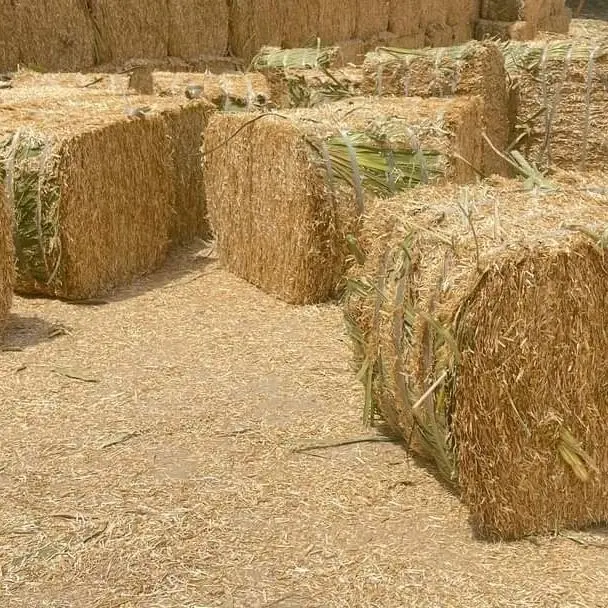
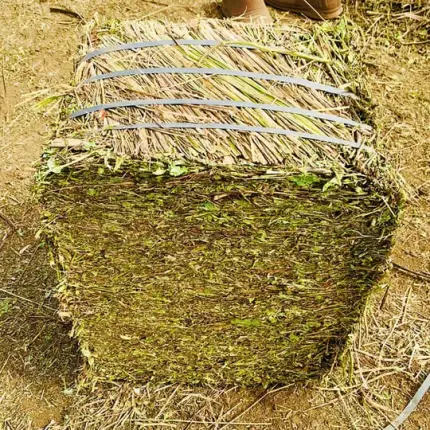
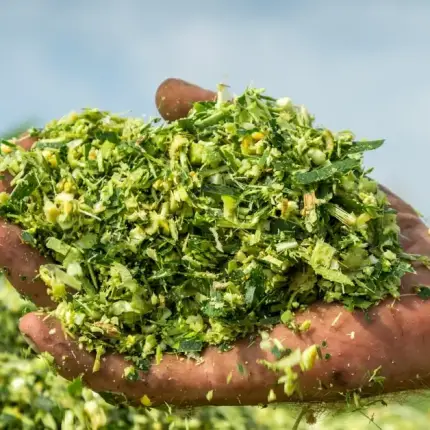
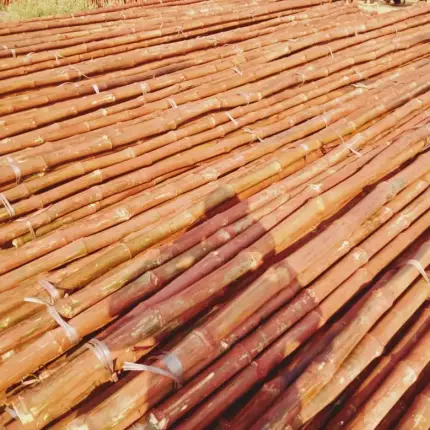
Reviews
There are no reviews yet.